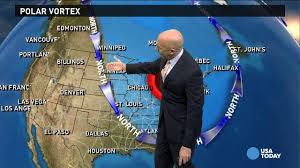A Superintendent’s Dreaded Decision
School closings due to snow and bad weather in the Midwest and along the East coast have occurred weekly this winter. While doing research at two high schools in Washington, D.C. in early December, sleet and rain mixed with snow closed schools in the city and surrounding counties. Winter storm Janus just a few days ago shut down schools from Boston through Washington, D.C.
Does closing schools harm student achievement? Probably not since most districts add “snow days” to the Spring calendar for every day schools are closed. One commentator even made the argument that closing schools helps students and their families. I have no opinion on the pundit’s point since I really do not know.
What I do know is that when I was Arlington (VA) superintendent for seven years (1974-1981), it was the one decision of many that I made that I dreaded. Over those years, I moved several elementary school principals for not improving academic achievement and a high school principal for inept leadership, survived teacher union votes of no confidence, consolidated seven schools–shutting them down permanently–and built a system of teacher professional development and accountability for student academic achievement. Yet after all of those consequential decisions, weather forecasts of snow between December and March scared me silly.
Why?
1. We lived in a weather zone where a change of a few degrees in temperature would turn a cold rain into sleet, hail, or inches of snow. Thus, we depended heavily on weather predictions and even ones within 24-hours generated by advanced computer models would often give a range of temperatures making a decision a nerve-wracking one.
2. Closing down 35 schools for 15,000 students (in the 1970s) meant that their

